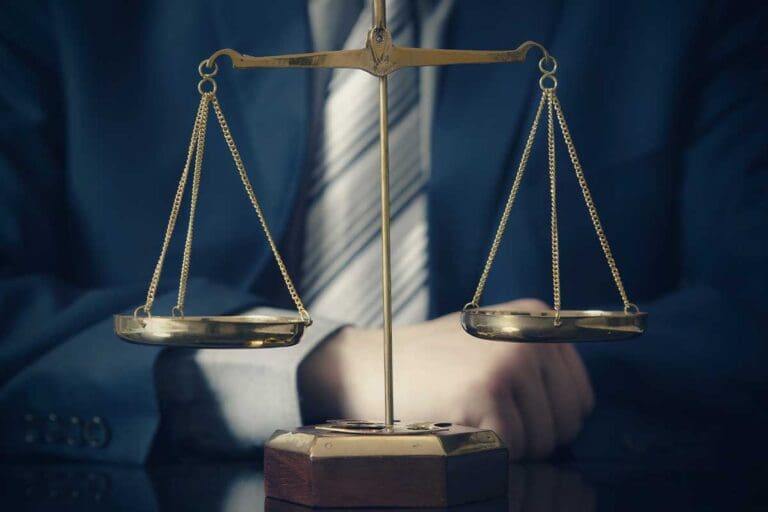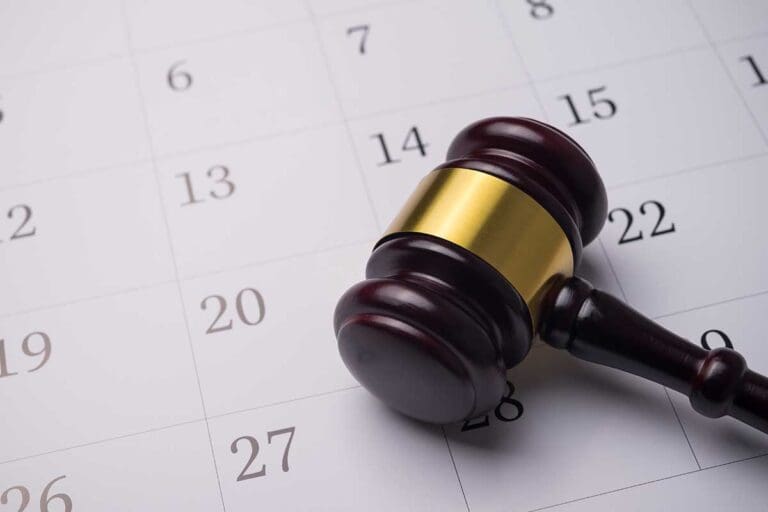Key Takeaways
Medical Records are Critical: They prove the extent and cause of your injuries.
Police and Incident Reports: Provide an official record of the accident.
Photographic Evidence: Documents the scene, damages, and injuries.
Employment Records: Show lost wages or reduced earning capacity.
Legal Correspondence: Includes communications with insurers and attorneys.
1. Medical Records
- Doctor’s notes and treatment plans.
- Hospital bills and receipts.
- Prescriptions and physical therapy records.
2. Police or Incident Reports
- A formal report of the accident or incident.
- Details about the parties involved, witnesses, and any citations issued.
3. Photographs and Videos
- Images of the accident scene, injuries, and property damage.
- Video evidence from surveillance cameras or dash cams, if available.
4. Witness Statements
- Contact information for witnesses.
- Written or recorded statements about what they saw.
5. Employment Records
- Pay stubs showing lost wages.
- Documentation of time missed from work or reduced hours.
6. Insurance Information
- Your policy details.
- Correspondence with your insurance company or the at-fault party’s insurer.
7. Legal Correspondence
- Letters from your attorney to the insurer or defendant.
- Copies of settlement offers or demands.
Tips for Staying Organized
- Keep all documents in one secure location, such as a file folder or cloud storage.
- Make copies of everything to avoid losing important evidence.
- Regularly update your attorney with any new records or developments.







